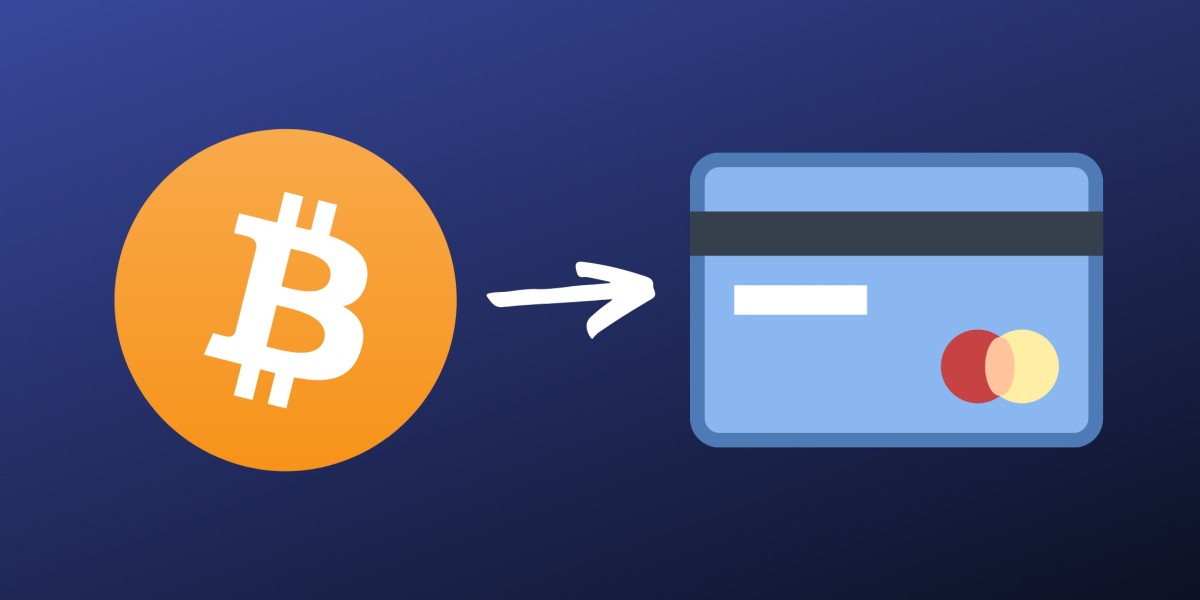Central to its operation is the Bitcoin network, a decentralized peer-to-peer network that facilitates the transfer of value. However, beneath its surface simplicity lies a network of remarkable complexity, shaped by various factors that influence its performance and scalability.
The Blockchain Backbone
At the heart of the Bitcoin network lies the blockchain, a distributed ledger that records all transactions in a chronological order. This blockchain serves as the backbone of the network, providing transparency and immutability to the transaction history. Each block contains a set of transactions, cryptographically linked to the previous block, forming an unbroken chain. While this structure ensures the security of the network, it also introduces certain challenges.
Scalability Issues
One of the primary challenges facing the Bitcoin network is scalability. As the popularity of Bitcoin grows and transaction volumes increase, the network faces limitations in processing speed and capacity. The block size limit, initially set at 1 MB per block, constrains the number of transactions that can be included in each block. This limitation results in network congestion and higher transaction fees during periods of high demand.
Mining Dynamics
Bitcoin mining, the process by which new bitcoins are created and transactions are validated, plays a crucial role in the network's operation. Miners compete to solve complex cryptographic puzzles, with the successful miner adding a new block to the blockchain and receiving a reward in bitcoins. However, the increasing difficulty of these puzzles, coupled with the specialized hardware required for mining, has led to the centralization of mining power in the hands of a few large mining pools.
Energy Consumption
Another contentious issue surrounding the Bitcoin network is its energy consumption. The Proof-of-Work consensus mechanism, which underpins Bitcoin's security, requires miners to expend significant computational power to validate transactions and secure the network. Critics argue that this energy-intensive process is unsustainable and contributes to environmental degradation. Efforts to develop alternative consensus mechanisms, such as Proof-of-Stake, aim to mitigate these concerns while maintaining network security.
Regulatory Challenges
The decentralized nature of the Bitcoin network poses challenges for regulators seeking to oversee the cryptocurrency space. The pseudonymous nature of Bitcoin transactions makes it difficult to trace and regulate illicit activities, such as money laundering and terrorist financing. Additionally, regulatory uncertainty surrounding cryptocurrencies has led to varying approaches from different jurisdictions, further complicating compliance efforts for industry participants.
Conclusion
Despite its complexity and challenges, the Bitcoin network https://ultramining.com/en/btc-difficulty/ continues to thrive as a groundbreaking innovation in the realm of finance and technology. As developers and stakeholders work to address scalability issues, improve energy efficiency, and navigate regulatory landscapes, the resilience of the Bitcoin network remains a testament to the transformative potential of decentralized technologies. By understanding and navigating the complexities of the Bitcoin network, participants can contribute to its continued evolution and adoption on a global scale.








